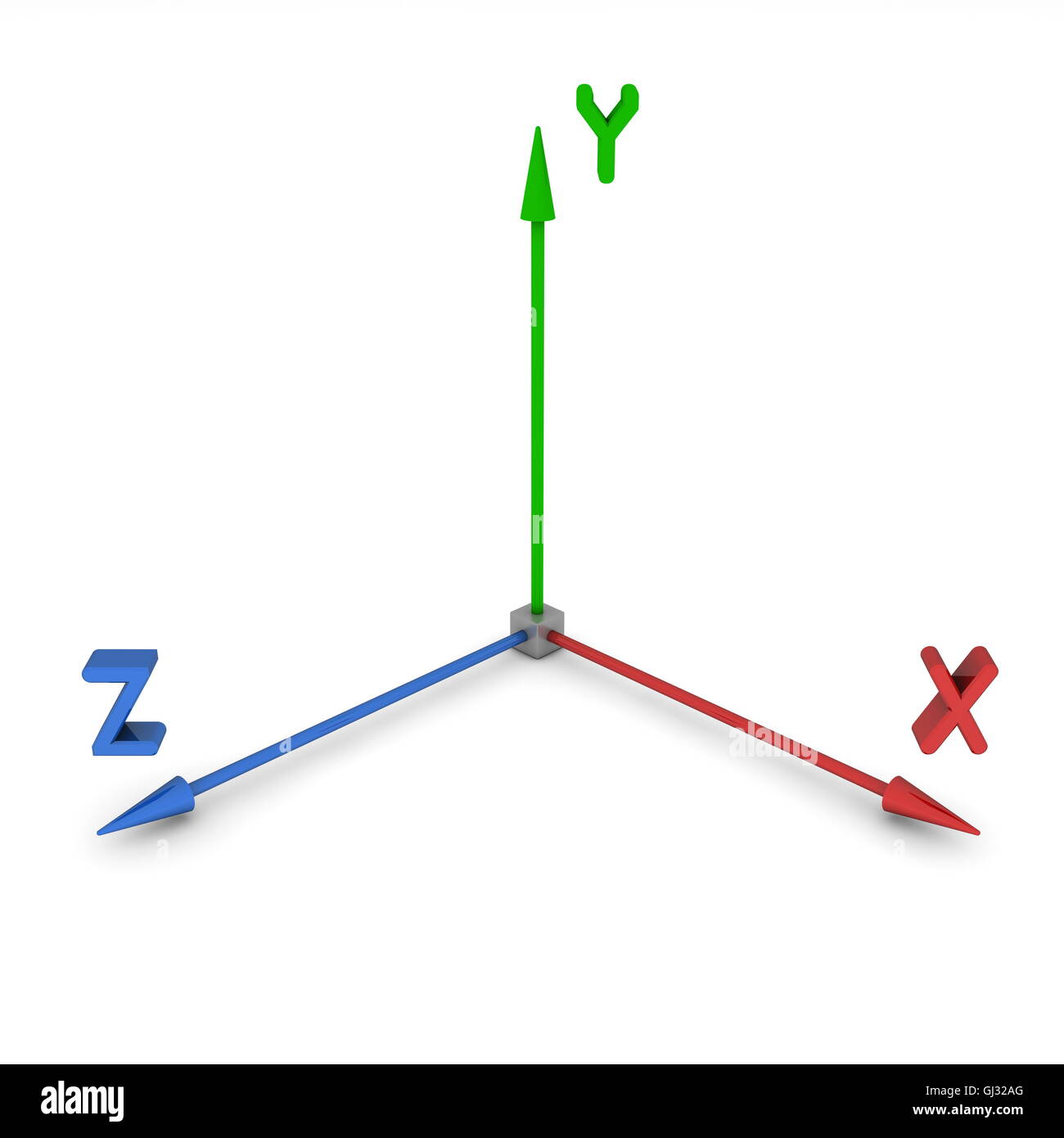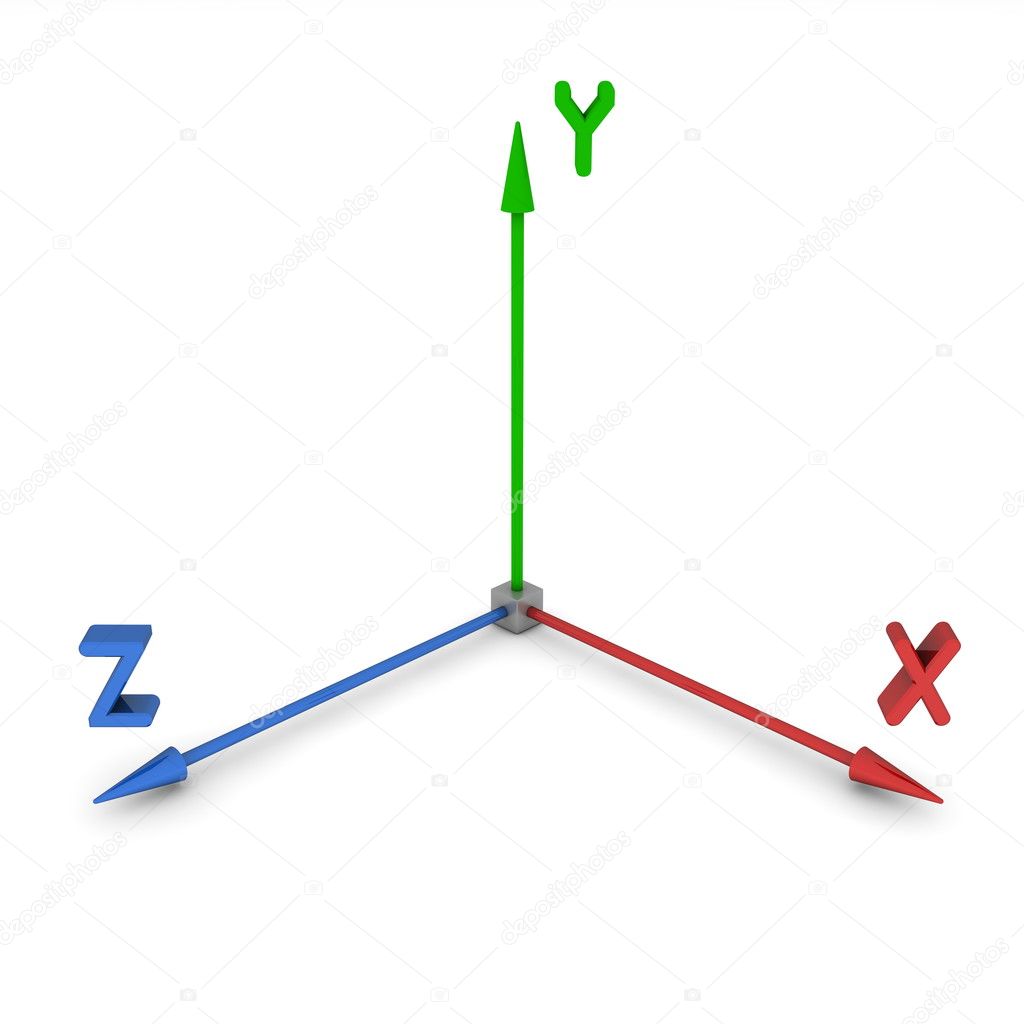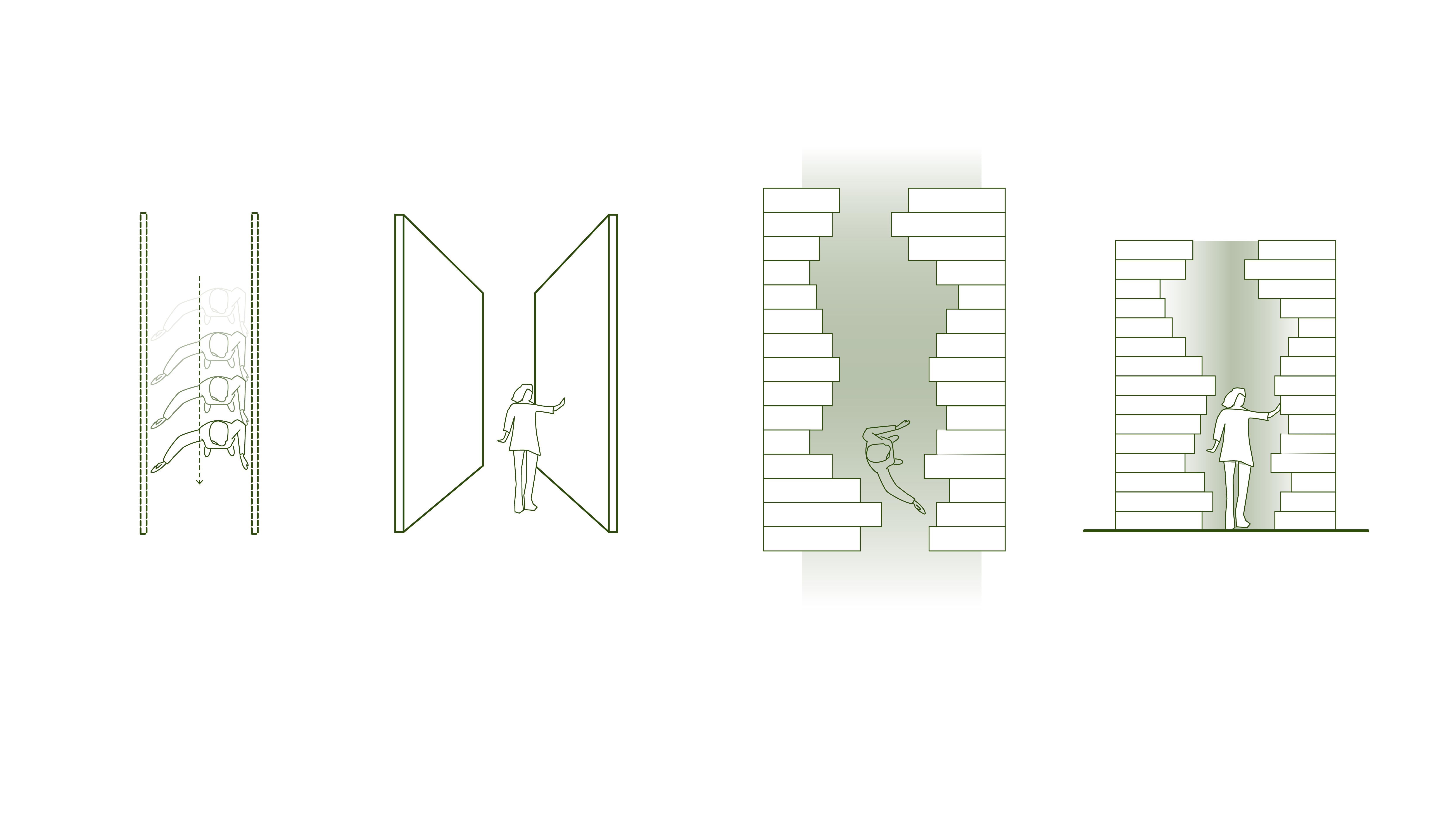
A graph in 3 dimensions is written in general: z = f(x, y). That is, the z-value is found by substituting in both an x-value and a y-value.
The first example we see below is the graph of z = sin(x) + sin(y). It's a function of x and y.
You can use the following applet to explore 3D graphs and even create your own, using variables x and y. You can also toggle between 3D Grapher mode and Contour mode.
It has four dimensions: three dimensions of space (x, y, z) and one dimension of time. Minkowski spacetime has a metric signature of (-), and describes a flat surface when no mass is present. The convention in this article is to call Minkowski spacetime simply spacetime. However, Minkowski spacetime only applies in special relativity. A graph in 3 dimensions is written in general: z = f(x, y). That is, the z-value is found by substituting in both an x-value and a y-value. The first example we see below is the graph of z = sin(x) + sin(y). It's a function of x and y. You can use the following applet to explore 3D graphs and even create your own, using variables x and y.
X + y = z then the value x = z − y. C(x − y) = cx − cy. (c − d)x = cx − dx; Vector Space Problems. Go through the vector space problem provided here. Question: Show that each of the conditions provided is in vector space.
Things to do
1. Choose any of the pre-set 3D graphs using the drop down box at the top.
2. You can enter your own function of x and y using simple math expressions (see below the graph for acceptable syntax).
3. Select Contour mode using the check box. In this mode, you are looking at the 3D graph from above and the colored lines represent equal heights (it's just like a contour map in geography). The blue lines are lowest and the red ones are highest.
4. You can vary the x- and y- lower and upper limits using the sliders below the graph.
5. You can vary the z-scale (changing the height of each peak) and the number of segments (which alters the sampling rate) using the sliders below the graph.
6. Zoom in and out using the mouse wheel (or 2-finger pinching, if on a mobile device). Also make use of the z-Scale slider to see main features of the graph
7. Pan the whole graph left and right using the right mouse button and dragging (or 3-finger swipe on a mobile device)
This applet should work OK on mobile devices.
Choose function: OR:
Show: floor axes mesh contour
Copyright © www.intmath.com
Some graphs to try
The grapher will accept any of the following functions (use the notation shown). You can copy from the examples below if you wish.
Xyz Space Frame Bikes
- Planes: (like
3x + 2y - 4) - Involving powers: (like
x^2 + 3y^2 - 5x + 2) - Any of the trigonometric functions:
sin(x+y), cos((x-y)/2), tan(x/y), sec(x^2/4), cot(3x)(several of these will go off to infinity and are a challenge to see) - Exponential (
e^x, e^y) and logarithm (ln(x+y)for natural log andlog(x+y)for log base 10) - Absolute value: use 'abs' like this:
abs(x+y) - Sign (1 if the sign is positive, −1 if the sign of the function is negative.) For example, try
sign(sin(x))
In fact, you can use most of the javascript math functions, including
- ceiling:
ceil(x)and round:round(x) - square root:
sqrt(y)
You can also use any combinations of the above, like ln(abs(x-y)).
If your graph doesn't work: Try using brackets! For example, 'tan 2x' won't work. You have to put tan(2x).
More Information

Credit: The above 3D grapher is based on Lee Stemkoski's Three.js Examples.
In special relativity, the Minkowski spacetime is a four-dimensional manifold, created by Hermann Minkowski. It has four dimensions: three dimensions of space (x, y, z) and one dimension of time. Minkowski spacetime has a metric signature of (-+++), and describes a flat surface when no mass is present. The convention in this article is to call Minkowski spacetime simply spacetime.
However, Minkowski spacetime only applies in special relativity. General relativity used the notion of curved spacetime to describe the effects of gravity and accelerated motion.
Definition(s)[change | change source]
Mathematical[change | change source]
Spacetime can be thought of as a four-dimensional coordinate system in which the axes are given by
They can also be denoted by
Where represents . The reason for measuring time in units of the speed of light times the time coordinate is so that the units for time are the same as the units for space. Spacetime has the differential for arc length given by
This implies that spacetime has a metric tensor given by
As before stated, spacetime is flat everywhere; to some extent, it can be thought of as a plane.
Simple[change | change source]
Spacetime can be thought of as the 'arena' in which all of the events in the universe take place. All that one needs to specify a point in spacetime is a certain time and a typical spatial orientation. It is hard (virtually impossible) to visualize four dimensions, but some analogy can be made, using the method below.
Spacetime diagrams[change | change source]
Hermann Minkowski introduced a certain method for graphing coordinate systems in Minkowski spacetime. As seen to the right, different coordinate systems will disagree on an object's spatial orientation and/or position in time. As you can see from the diagram, there is only one spatial axis (the x-axis) and one time axis (the ct-axis). If need be, one can introduce an extra spatial dimension, (the y-axis); unfortunately, this is the limit to the number of dimensions: graphing in four dimensions is impossible. The rule for graphing in Minkowski spacetime goes as follows:
1) The angle between the x-axis and the x'-axis is given by where v is the velocity of the object
X Y Z Space
2) The speed of light through spacetime always makes an angle of 45 degrees with either axis.
Spacetime in general relativity[change | change source]

In the general theory of relativity, Einstein used the equation
X'y'z
To allow for spacetime to actually curve; the resulting effects are those of gravity.
Related pages[change | change source]
Xyz Space Frame Trike

